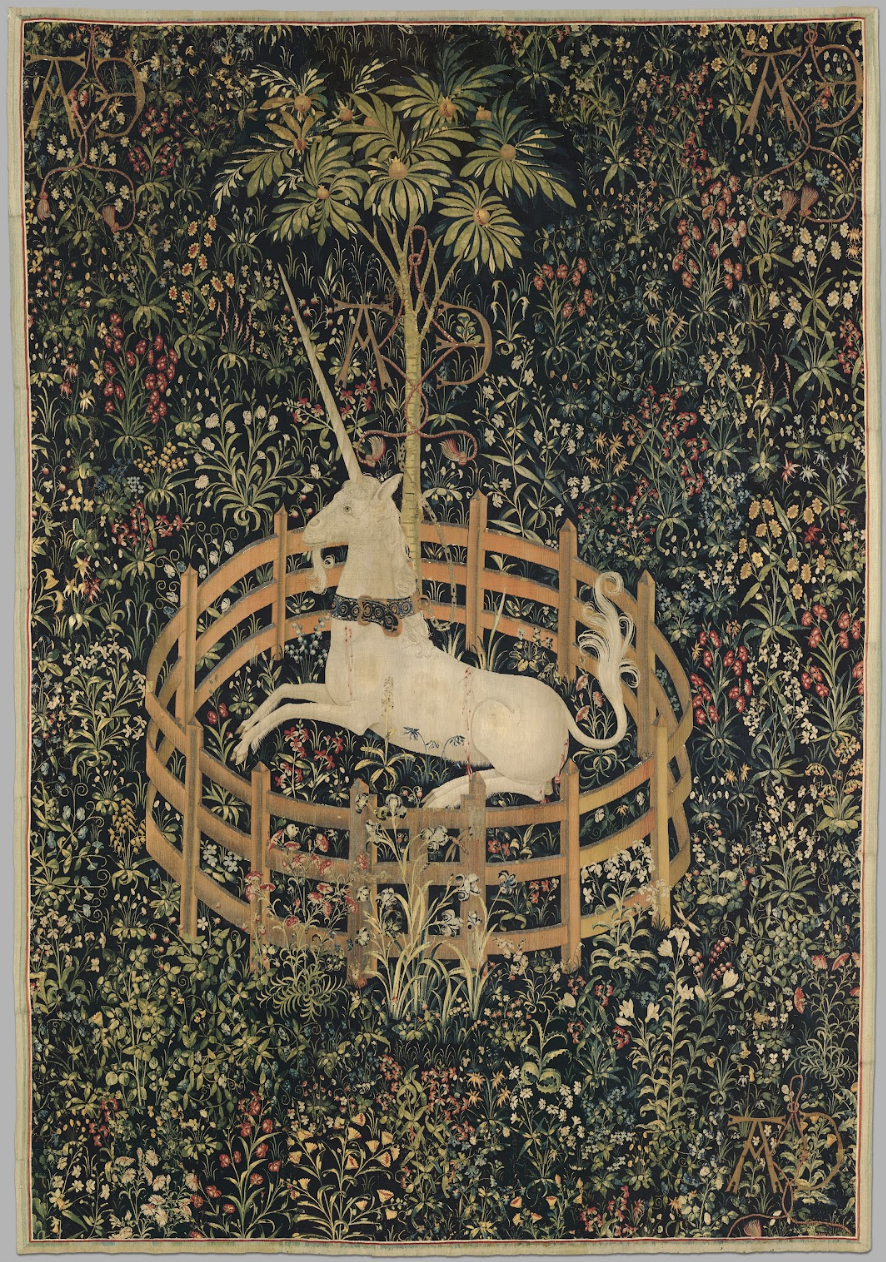Overview
Students will reflect on their art making using close-looking, speaking, writing, and/or sketchbook prompts.
Materials and Tools
- Pencil
- Sketchbook or one to two pieces of paper
- Collage from the previous lesson
Activities
Note: The following activities are written with sample language you may use with your students. Following the art-making lesson, you may choose as many reflection activities as desired for students to work on in class or independently.
Step 1: Writing Activity (10 minutes)
Hello, artists! Today we are going to look closely at our imaginary animal collages and start by writing about our artwork.

Based on your students’ writing skills, choose from the options below:
Option 1: Write a sentence to describe your imaginary animal using three words.
Example: This animal is fast, furry, and striped.
Then, describe the special features that you added to your imaginary animal.
Example: I added six legs, wings, fur, and stripes.
Option 2: Use the sentence frames below to write about your artwork.
What special features did you add to your imaginary animal?
Example: My imaginary animal has _______________ (wings, claws, horns).
What actions can your imaginary animal do?
Example: My imaginary animal can _________ (run, fly, bite, jump, swim, climb).
What special powers does your imaginary animal have?
My imaginary animal can __________ and _________.
Examples: My animal has special feet to slide down hills. My animal can use its wings to fly to other planets.
Option 3: With a grown up, share two words to describe your animal. Answer the questions above with your grown-up.
Step 2: Sketchbook Activity (10-15 minutes)
Look at your collage again. This time, think about what your animal is doing.
- Is your animal standing? walking? running?
Now, what do you think your animal would do next. Draw it in your sketchbook.

Think about how you can show what your animal is doing. Don’t forget to add details.
After students finish their drawings, ask:
- What is your imaginary animal doing in your drawing?
- What details did you add?
Step 3: Close Looking (10-15 minutes)
Note to Teachers: Before teaching with a work of art, spend some time looking closely at it on your own. Familiarizing yourself with the artwork will prepare you to guide the close-looking activity.
If your students are new to looking at art together, you can introduce the activity to students in the following way:
Today we are going to spend some time looking at and discussing a work of art together. When we look at art, there are no right or wrong answers. I’m going to ask you to look closely, share your ideas about what you see, and listen respectfully to each other’s ideas. Everyone’s ideas are important. We all see things differently, and when we look at art, we can learn to see through each other’s eyes.


Look closely at these artworks. Describe the animals you see.
- What special details do these animals have?
- What special powers do you think these animals have? How can you tell?
- What patterns can you find in these artworks?
If students need support during discussion, use the following sentence frames:
- I notice ______.
- I think the dragon can __________ because ________.
- I think the unicorn can _________ because _________.
- I see a ________ pattern. It has _______ [shape] that repeats.
Resources



